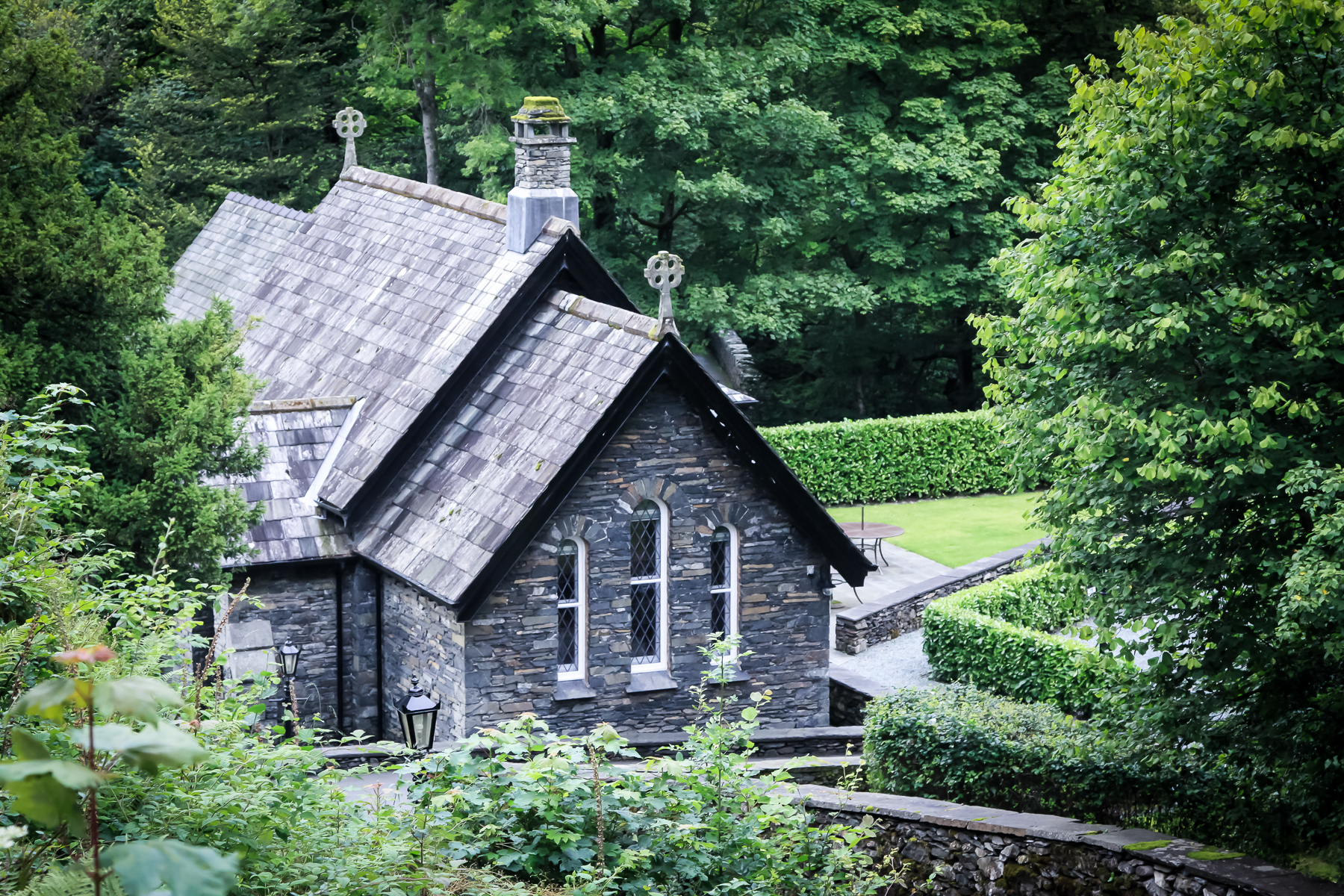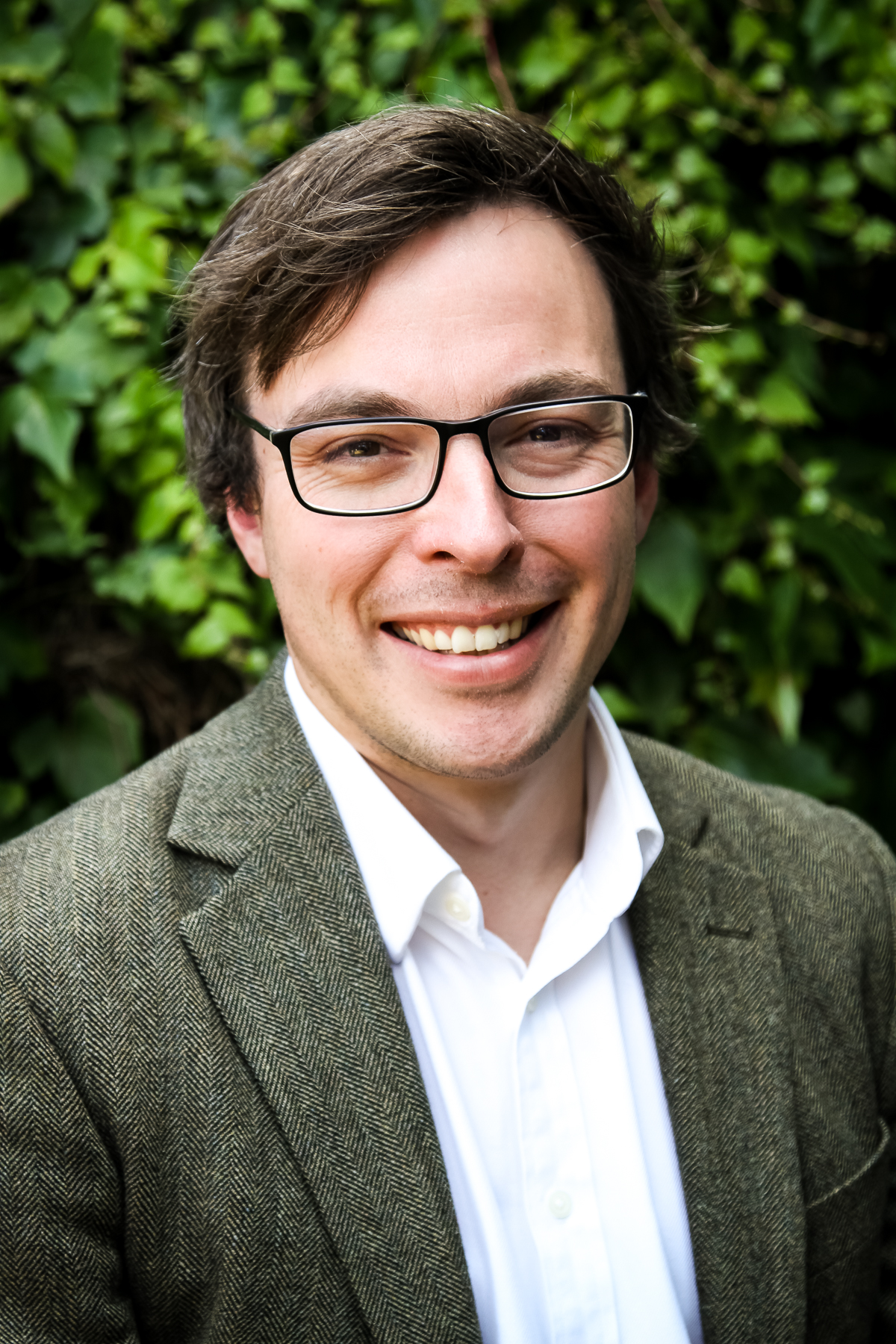Cultivating Place is a column considering our relationships to the varied places we have been planted. As followers of The One who became flesh and made his dwelling among us, who wept over the earthly Jerusalem, we will explore the unique opportunities each of us has to seek the good of our place, wherever that may be.
![]()
1979. The North of England. It is raining hot clay. Three-hundred tons of Victorian masonry totter momentarily in empty space, relent to gravity, then thunder to earth. A thick-set man in oil-stained knitwear runs for his life towards the watching camera. The noise subsides. As dust and smoke billow from a mountain of shattered brickwork, the man composes himself, adjusts his oil-smeared flat cap and drags on a crumpled cigarette. As a mischievous grin splits his dust-smeared lips, he turns to the watching camera and asks, in a broad Lancastrian burr: “Did you like that?“.
The 1979 BBC documentary “Fred Dibnah, Steeplejack” [1], immortalised its namesake, preserving a time capsule of an extraordinary life caught at a watershed of seismic social change. Bolton steeplejack Fred Dibnah had spent half a lifetime repairing the forest of soaring factory chimneys thrown up in the heyday of the Industrial Revolution. But by the 1970s, with industry moving rapidly overseas, the shuttering of the industrial heartland of Northern England forced a radical change in his line of work. Dibnah’s deep knowledge of the architecture of the ‘dark satanic mills’ was retooled from preservation to demolition. To fell a condemned chimney, Dibnah would first painstakingly remove brickwork to expose a gaping mouth around the base. At intervals, a stout wooden prop would be installed to bear the pressure of hundreds of tons of masonry towering up to three hundred feet above. Finally, a bonfire would be set against the void, burning through the supports, and bringing the whole structure crashing from the sky.
Most of us have no category for such a way of being in the world. Fred Dibnah is a dust-caked emissary from what is, for most of us, a distant land. The screen only partly mediates the visceral force of Dibnah’s sheer embodiment; his bone-deep connection to the stuff of his particular place. Into our carefully air-conditioned smell-scapes, a scent of fire, hot masonry, forged metal, and oily rags seem to emanate from the screen.
Where our sensory landscape is increasingly dominated by the texture-less gloss of digital devices, Dibnah is a man whose hands knew things: the grain of a wooden ladder rung, the subtle gradations of roughness in brickwork, the tang of hot metal, the unique heft of a hundred familiar tools.
Such lives bring into stark illumination the extent of our comparative disembodiment in the modern world, centred as it is around physical ease and convenience. Author and playwright John Waters, the first of his family to pursue a career outside the manual trades, has written of feeling “…part of, and complicit in, an increasingly unreal world, in which the means of my existence are generated by others, while I simply comment and observe… I have felt myself drifting away not merely from the concrete world of my father, but actually from reality itself” [2]. In more robust terms, the prophetic Kentucky farmer-poet Wendell Berry laments how many of us treat our bodies as no more than “…shipping cartons to transport our brains and our few employable muscles back and forth to work.” [3]
Wendell Berry has spent a lifetime writing into matters of embodiment and attachment to place. Perhaps more than any other living author, his work illuminates the virtues of lifelong fidelity to a concrete, embodied community. But the pathos of his fiction derives from the tension between these vividly realised virtues and the inescapable sense of a way of life passing forever into the rear-view mirror of history. The Port William series traces the life and times of the eponymous Kentucky township from the Reconstruction era to the early 21st Century, a period over which the proportion of the US workforce directly engaged in agricultural work fell precipitously from roughly half, to only two percent. But the pain of this mass unsettling, and its consequences for our relationships to land and to one another, are perhaps revealed most candidly in Berry’s essays, where in near-apocalyptic language he writes of his life in the non-fictional Port Royal, and of feeling:
“…forced, against all my hopes and inclinations… to regard the history of my people here as the progress of the doom of what I value most in the world: the life and health of the earth, the peacefulness of human communities and households” [4].
Berry’s lament is with cause. Born in 1934, his generation bore witness as millennia-old liturgies of sowing, tending, and reaping; of multi-generational participation within geographically stable communities; of sanctifying confrontation with physical limitation; were replaced in large part with the frictionless, city-centric, and insomniac urgings of the digital and consumer revolutions. Yet, to the extent Berry’s rendering of the beauties of community and place evoke a longing, they cannot serve as a precise blueprint for our own modes of life in our own varied places. The Port William stories are a vivid fictional imagining of a highly particularised place, set in a bygone historical frame, to which there can be no true return. The life of the Port William ‘membership’ – as that of Wendell Berry himself – is inextricably linked to a small agrarian community on the banks of the Kentucky River. None of us lives in the unique period of history captured in the novels, save perhaps in the corridors of memory, and very few of us live in a place remotely like either the fictional Port William, or Wendell Berry’s real-life Port Royal. These places are, to take the title of one of Berry’s collections of short stories, a distant land. If, in the face of the relentless modern pressures towards abstraction and fragmentation, our hope for re-embodiment lies in an agrarian ideal, then for all but a privileged few, we are without hope.
A more constructive and hopeful reading of Berry’s fiction focuses instead on the universals of fidelity and community his stories so luminously portray. The concern of this column will be to trace out possibilities for our own relationships to the places we find ourselves, whether the near-Eden of a small Kentucky farming community, or the less-obviously lovable cities and suburbs in which most of us must make our ways in the world. For some of us, as for Berry himself, the pressing task may be the conservation of a place and a way of life which is comparatively easy to love. For most, perhaps, it is to learn to cultivate fidelity to people and place in less promising settings. Our call is unlikely to be the one central to the Port William community: the settling and cultivation of an untamed natural wilderness. More likely, our own wilderness will be that of a distracted and fragmented culture, and of neighbourhoods blighted by post-modern malaise, cynicism, and individualism. We may have little instinctive affection towards the places and cultures we must now inhabit. What we do have the agency at least to decide the posture we will take towards the place in which we are planted. As Hannah Coulter of the eponymous novel urges us:
“There is no ‘better place’ than this, not in this world. And it is by the place we’ve got, and our love for it and our keeping of it, that this world is joined to heaven” [5].
It was not in Fred Dibnah’s gift to choose his place; the industrial landscape of Northern England where French historian Hippolyte Taine once observed “…the high chimneys, like obelisks, bristle in their hundreds… an enormous dark mass… the Babel of brick” [6]. Striking, then, are Dibnah’s courage, wit, and boyish delight in his first-hand engagement with his unpromising surroundings. More than anything else, Fred Dibnah, Steeplejack is a portrait of a man planted and present in mind, body, and spirit. Where we are tempted towards both abstraction and distraction, his life seems grounded into the very elements. Such is his familiarity with his landscape that skin and stone, blood and grease, breath and soot, appear to merge together. He is a man making the hard-won peace with externally imposed limitations that is a central strand of wisdom, embodying the observation of John Waters that “…the thinking of my father and uncles was true because it was trained by reality itself” [7].
In this, the urban steeplejack has much in common with the agrarian townspeople of Port William. The hope for living more fully embodied lives lies in how we live in the places we are planted. It does not lie in restlessly floating above the world, searching like wandering spirits for a lost Eden in which we imagine we might sidestep the hard ground and briars which are the common lot of all mankind. As Hannah Coulter observes, “Love in this world doesn’t come out of thin air. It is not something thought up. Like ourselves, it grows out of the ground. It has a body and a place” [8]. For each of us, following The One who embodied love, this ground is the very ground that stands beneath our feet.
![]()
[1] Haworth, John, director. Fred Dibnah: Steeplejack. British Broadcasting Corporation, 1979. 1hr.
[2] Waters, John. “Back to Work.” First Things 275 (2017).
[3] Berry, Wendell. The unsettling of America: Culture & agriculture. Catapult, 2015
[4] Berry, Wendell. “A native hill.” The Hudson Review 21, no. 4 (1968): 601-634.
[5] Berry, Wendell. Hannah Coulter: a novel. Vol. 8. Catapult, 2005.
[6] Taine, Hippolyte. Notes sur l’Angleterre. Vol. 1. Hachette et cie, 1923.
[7] Waters, John. “BACK TO WORK.” First Things 275 (2017).
[8] Berry, Wendell. Hannah Coulter: a novel. Vol. 8. Catapult, 2005.
The featured image, “Church in Brathay,” is courtesy of Lancia E. Smith and is used with her glad permission for Cultivating.
Leave a Reply
A Field Guide to Cultivating ~ Essentials to Cultivating a Whole Life, Rooted in Christ, and Flourishing in Fellowship
Enjoy our gift to you as our Welcome to Cultivating! Discover the purpose of The Cultivating Project, and how you might find a "What, you too?" experience here with this fellowship of makers!


Add a comment
0 Comments